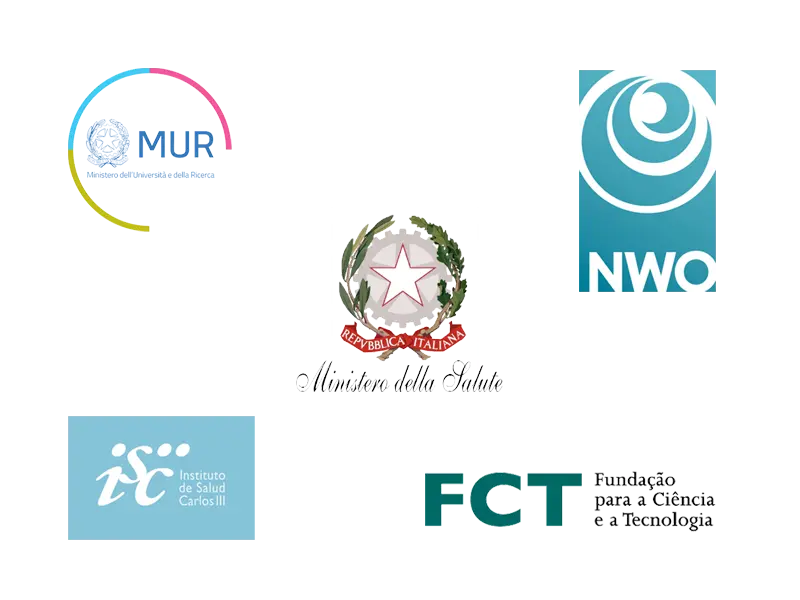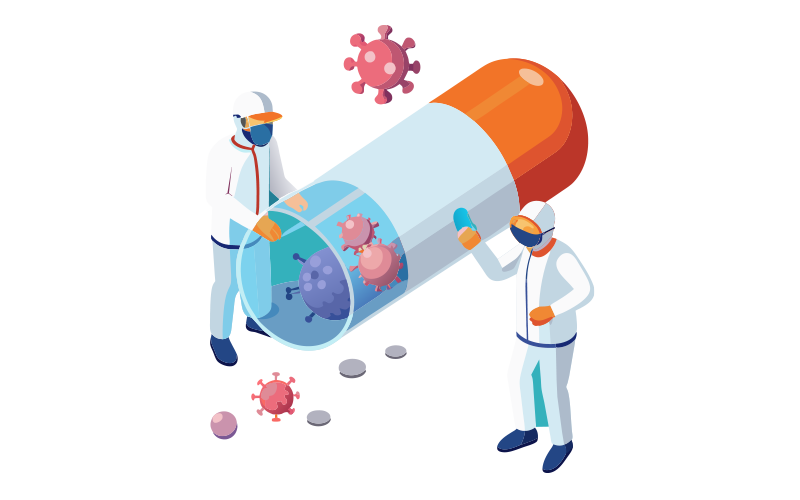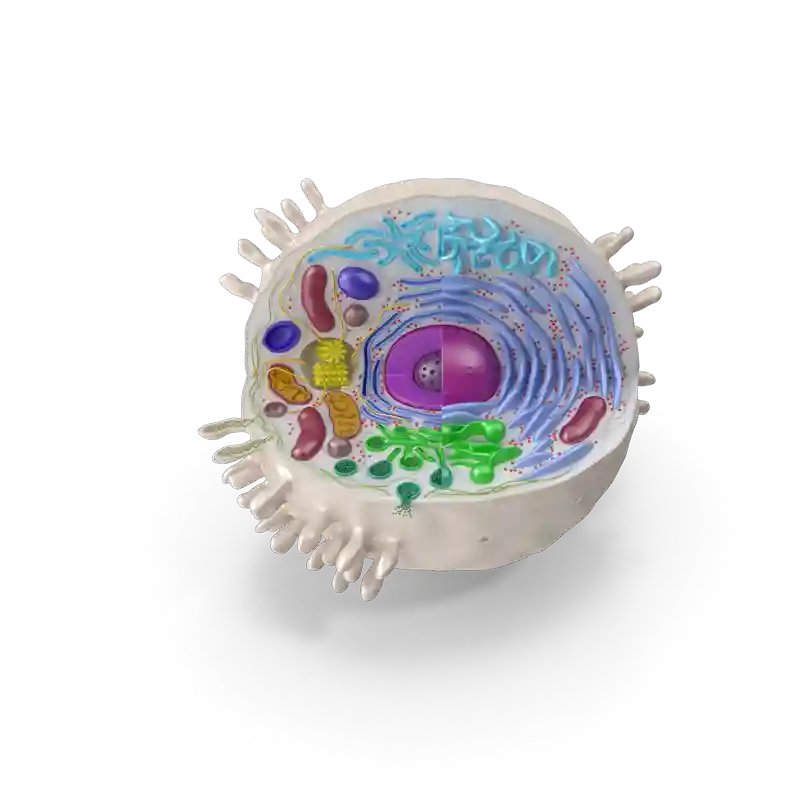
Nanomedicine Market Size & Trends in 2022
Compound Annual Growth Rate (CAGR) from 2023 to 2030
Nanotechnology articles + reviews for cardiovascular disease (source: Pubmed)
Nano-to-Heart focuses on developing nanotechnology-based solutions for heart disease. This includes using nanoparticles to deliver drugs, improve diagnosis, and regenerate damaged heart tissue by mechanically unloading the myocardium, for the first time, with a biological therapy.
Project background
This project received founding from:
- Italian Ministry of Universities and Research (MUR) - Italy;
- Dutch Research Council (NWO) - The Netherlands;
- Ministry of Health (IT MOH) - Italy;
- Institute of Health Carlos III (ISCIII) - Spain;
- Foundation for Science and Technology (FCT) - Portugal
under the umbrella of the Partnership Fostering a European Research Area for Health (ERA4 Health) (GA N° 101095426 of the EU Horizon Europe Research and Innovation Programme).

Heart failure
Heart failure is a serious and increasingly common problem, especially in older people. One of the early signs is damage to the heart muscle, often caused by inadequate blood flow. This damage leads to scarring and stiffening of the heart, making it harder to pump blood effectively.
This scarring happens when heart cells are replaced by stiff, fibrous tissue produced by cells called cardiac fibroblasts. These cells become overactive and produce too much collagen, a major component of scar tissue. This process is fueled by inflammation within the heart muscle, triggered by various factors like high blood pressure, diabetes, and aging.
Despite advancements in therapies to manage the symptoms of heart failure, it remains associated with significant mortality. This underscores a significant gap in the availability of advanced therapeutic products capable of addressing the underlying causes of this debilitating condition.

NANO-theranostics
Theranostic nanoparticles represent a class of multifunctional nanosystems designed to enhance disease management by monitoring treatment response and enhancing drug efficacy and safety. By integrating both diagnostic and therapeutic capabilities within a single, biocompatible, and biodegradable nanoparticle, these systems enable more precise and personalized treatment approaches.
The main aim is to ensure that this therapy is being provided to everyone in the form of customizable medicine. The use of both treatment and diagnosis and converting it into a single medicine is highly effective and useful in the treatment of the disease by targeting those specific disease-causing cells.

Mission
Nano-to-Heart addresses multidisciplinary and translational research covering nanomedicine areas in terms of nanotherapy, diagnostics and regenerative medicine.
The goal is to create innovative treatments that can reverse heart scarring (fibrosis) and prevent heart failure by precisely delivering therapeutics and genetic therapies to specific heart cells.
Mission 1:
Implementation of nano-theranostic carriers for cell-targeted in vivo delivery in the heart
Mission 2:
Cell-targeted therapy to reduce cardiac fibrosis through biological mechanical unloading of myocardium
Mission 3:
Validation of the innovative therapeutic approach according to clinically oriented criteria and standard of care for heart failure
Mission 4:
Reduce the burden of heart failure in large populations with a correct gender assessment
Impact and innovation
While we can treat some symptoms of heart failure, the disease continues to claim lives. There's a critical need for advanced therapies that can truly target the origins of heart failure.
Mechano-cell biology is a new science that explores how physical forces affect how cells behave and become diseased. While experimental evidence supports the significance of these forces, translating this knowledge into clinical applications remains challenging.
A key obstacle lies in the limited availability of targeted delivery systems for therapeutic agents. The Nano-to-Heart project seeks to address this limitation by combining cell-specific delivery of therapeutics with real-time in vivo imaging. This approach, utilizing state-of-the-art imaging systems, has the potential to significantly advance the treatment of heart disease by enabling precise monitoring and modulation of cellular responses to mechanical stimuli.

Latest News
Get the latest update